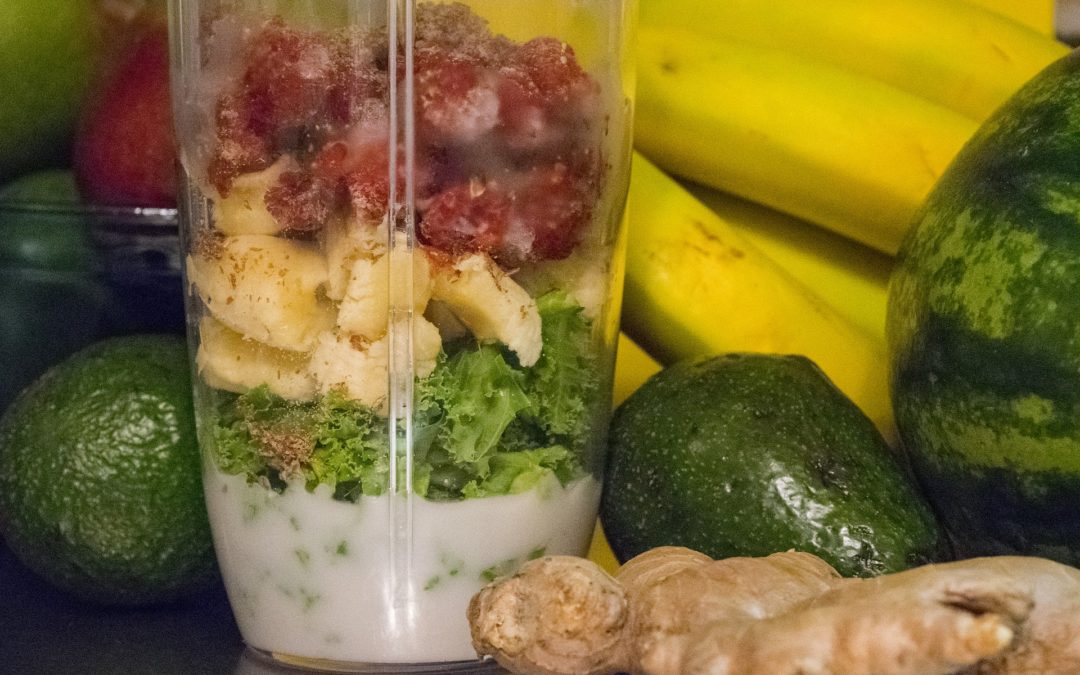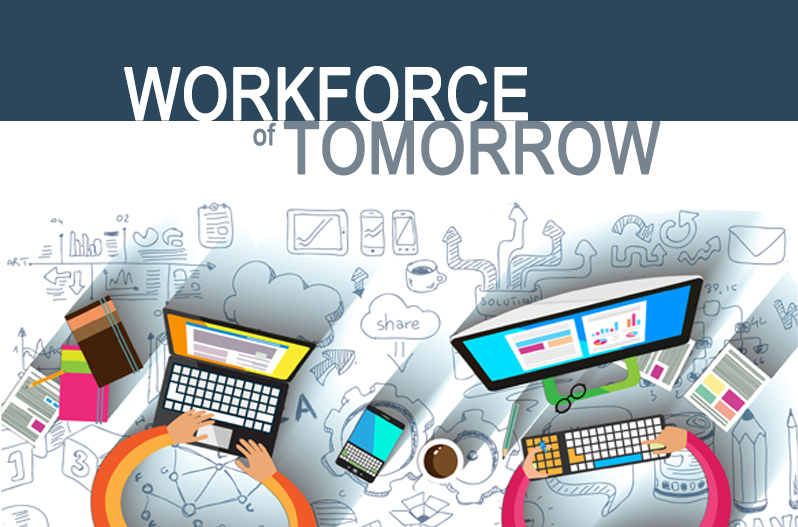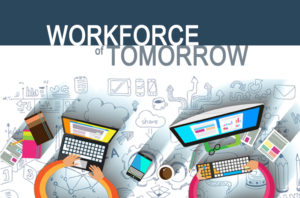

Are you a ChangeMaker or a Change Avoider?
Make Change Suck Less – Episode #7
Or perhaps you’re a bruised and battered Change Survivor?
If you could choose one, which would it be?
If you’ve read this far, my guess is you’d opt to be a ChangeMaker. Me too. No one likes being told how it’s going to be less than an Aries (yours truly). So why not learn to grab hold of the unexpected change that’s coming at you, and like in martial arts, redirect it to your advantage?
Great news: Even if you don’t think of yourself as a ChangeMaker this minute …you can learn to become one! The best news of all: While you’re on the road to learning to become a ChangeMaker, you will learn to think and behave in concrete ways that will make change suck less both now and well into the future. And not just for you, but for those around you whose lives you influence directly or indirectly everyday (read: family, colleagues, community).
Let’s get one thing straight right now…
I am not promising you a rose garden. The truth is that the path to constructive change is often (usually?) dotted with sadness, frustration and challenge. And unlike the cracks in the sidewalk that we learn to jump over as kids (so as not to break our mothers’ backs – thank you), these difficulties cannot be sidestepped. They are, in fact, part of the process.
The difference is in how we choose to acknowledge and interact with these difficulties. The most common response to unexpected change is to view it within the context of our current perception of boundaries, constraints and realities. Sadly, this habit is both limiting and frustrating.
On the other hand, if we take practical steps to expand our view beyond assumptions we may not even know we are imposing, interesting (often exciting) possibilities emerge.
To that end, here’s an exercise that’s a part of our program The 3 Essential Practices to Make Change Suck Less: MRI (Mindset, Resilience, Identity).
Try it with me now – it’ll take 3 minutes max, I promise!
- First: Follow the steps in order and do not read ahead!
- Grab a pen, paper and timer
- Take 3 seconds to look around the room and remember everything that’s red
- Now, take 15 seconds to list all the items you remember that are red
- Next, without looking around the room again, take 15 seconds to write down everything you remember that’s blue
Bet you didn’t remember the blue things nearly as well as the red, right? That’s because you weren’t looking for them. For survival purposes, our brains are trained to see what we’re looking for. So, if we want to expand our thinking about what is truly possible – beyond our limited current perceptions, we need to learn and practice seeing more broadly – beyond the neural pathways that are already well developed.
This conscious and intentional expanding of our mindset is a prerequisite to developing ChangeAgility – the skills and practices that make change suck less.
Check out earlier episodes in our Make Change Suck Less series:
- Episode #1: What I Learned About Change From a Very Weird Plant on My Deck
- Episode #2: Resist Wisely… It Requires an Incalculable Amount of Energy!
- Episode #3: What If?
- Episode #4: What Does It Take to Dig a New Groove?
- Episode #5: Reasons to like Contraction AND Expansion
- Episode #6: What I Learned about Forming New Neural Pathways from My Morning Smoothie
Expand your ability to respond to change in ways that will positively alter your life with our program “The 3 Essential Practices to Make Change Suck Less: Mindset, Resilience, Identity (MRI)”. And check out YOU LEAD, our peer coaching program for new and emerging leaders called YOU LEAD, or catapult your capability and impact with one-on-one executive coaching.







